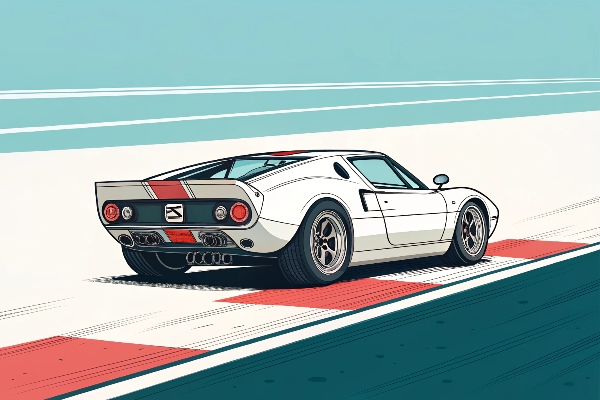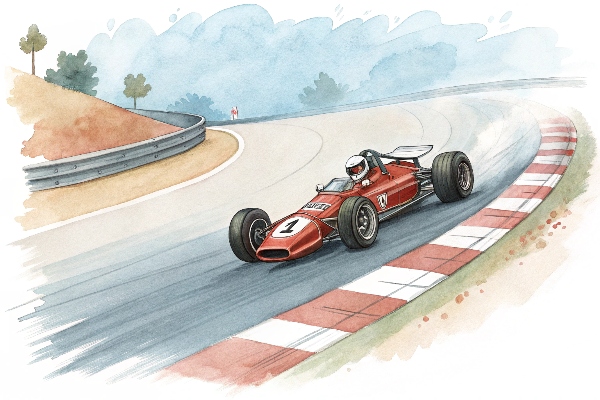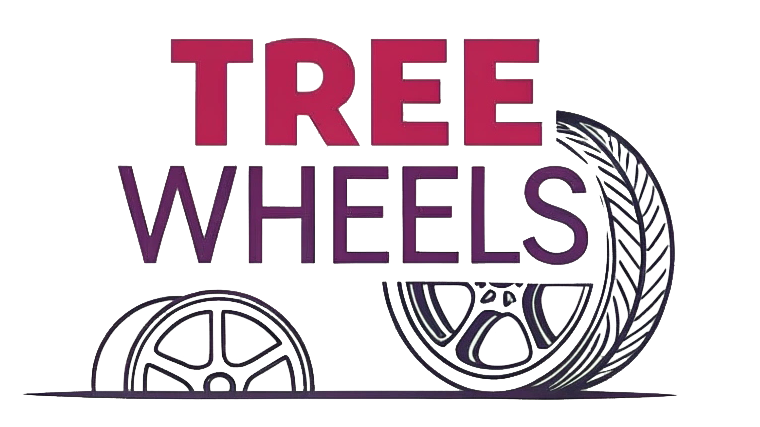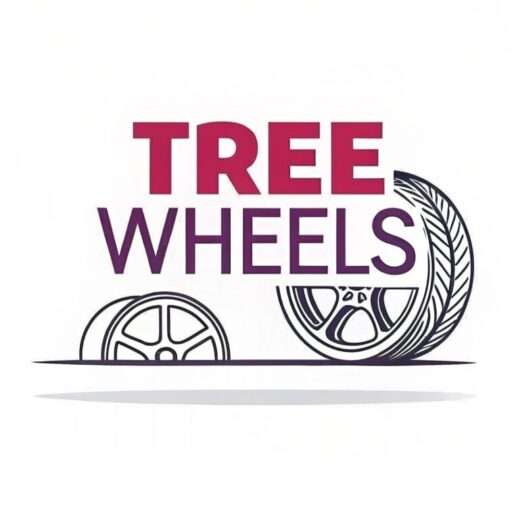Supercars thrill with speed, but their wheels puzzle many. Why do front and rear wheels differ? Let’s uncover the reason.
Supercar wheel sizes vary to boost speed and handling. Larger rear wheels improve traction, while smaller front wheels enhance steering precision.

I’ve always been fascinated by supercar design. Join me to explore why wheel sizes matter in these speed machines.
Why Do Cars Have Different Size Tires on Front and Back?
I’ve seen supercars roar by with mismatched tires. Why don’t all wheels match? It’s about performance, not looks.
Different tire sizes optimize performance. Larger rear tires provide better grip for acceleration, while smaller front tires improve steering response.

How Do Tire Sizes Affect Performance?
Larger rear tires have a wider contact patch. This means more grip for power delivery. I’ve noticed this in supercars during sharp starts. Smaller front tires reduce weight, making steering quicker.
Why Not Use the Same Size?
Uniform tires balance comfort and handling. But supercars prioritize speed. I’ve driven cars with matched tires—they feel stable but lack the raw acceleration of staggered setups.
| Tire Position | Purpose | Benefit |
|---|---|---|
| Front | Smaller, lighter tires | Faster steering, less weight |
| Rear | Larger, wider tires | Better traction, more power |
Different tire sizes sacrifice comfort for speed. It’s a trade-off that defines supercar performance.
Why Do Race Cars Have Bigger Wheels in the Back?
I’ve watched race cars tear up tracks with massive rear wheels. Why are they so big compared to the front?
Larger rear wheels in race cars maximize traction for acceleration and cornering. They handle the engine’s power better on the track.

Why Is Traction So Critical?
Race cars push insane horsepower. Bigger rear wheels spread that power across a larger surface. I’ve seen cars spin out with smaller wheels—they can’t grip enough.
How Do Bigger Wheels Help Cornering?
During drifts, larger rear wheels maintain grip. I’ve observed this in rally races—drivers slide through turns with control. The wider tires keep the car planted.
| Feature | Large Rear Wheels | Smaller Rear Wheels |
|---|---|---|
| Traction | High grip for power | Limited grip, risk of spin |
| Cornering | Stable during drifts | Less control in tight turns |
Bigger rear wheels are a race car’s secret to dominating straights and corners.
Why Do Race Cars Have Smaller Front Wheels?
I’ve noticed race cars with tiny front wheels. Why go small when speed is the goal? It’s about agility.
Smaller front wheels reduce weight and drag, improving steering response and acceleration in race cars.

Why Does Weight Matter?
Smaller wheels are lighter. This cuts rotational mass, letting the car accelerate faster. I’ve felt this in go-karts—light wheels make steering snappy.
How Do They Improve Steering?
Less mass means quicker turns. In racing, split seconds count. I’ve seen drivers weave through chicanes effortlessly with smaller front wheels—they respond instantly.
| Aspect | Small Front Wheels | Large Front Wheels |
|---|---|---|
| Weight | Lighter, less drag | Heavier, slower response |
| Steering | Quick, precise turns | Slower, less agile |
Smaller front wheels prioritize agility, making race cars nimble on tight tracks.
Why Is the Front Wheel Bigger Than the Rear?
I’ve heard confusion about wheel setups. Are front wheels ever bigger? Let’s clear up this rare case.
Front wheels are rarely bigger than rear in supercars. Larger front wheels may appear in front-wheel-drive cars for better grip.

When Are Front Wheels Bigger?
In some front-wheel-drive performance cars, larger front wheels improve traction. I’ve seen this in hot hatches—bigger front tires handle the engine’s pull.
Why Is This Uncommon in Supercars?
Supercars are mostly rear- or all-wheel-drive. Larger rear wheels suit their power delivery. I’ve driven a front-wheel-drive car with big front wheels—it gripped well but lacked supercar speed.
| Drive Type | Wheel Setup | Purpose |
|---|---|---|
| Front-Wheel | Larger front wheels | Traction for pulling |
| Rear-Wheel | Larger rear wheels | Power delivery, acceleration |
Larger front wheels are niche, built for specific cars, not supercar speed.
Conclusion
Supercar wheel sizes balance speed and agility. Larger rear wheels boost traction; smaller front wheels enhance steering. For custom wheels, Tree Wheels delivers top-tier forged designs.



